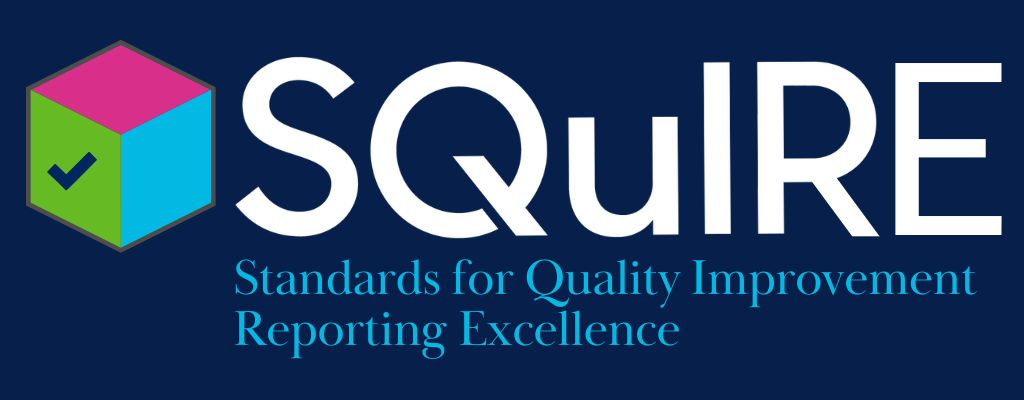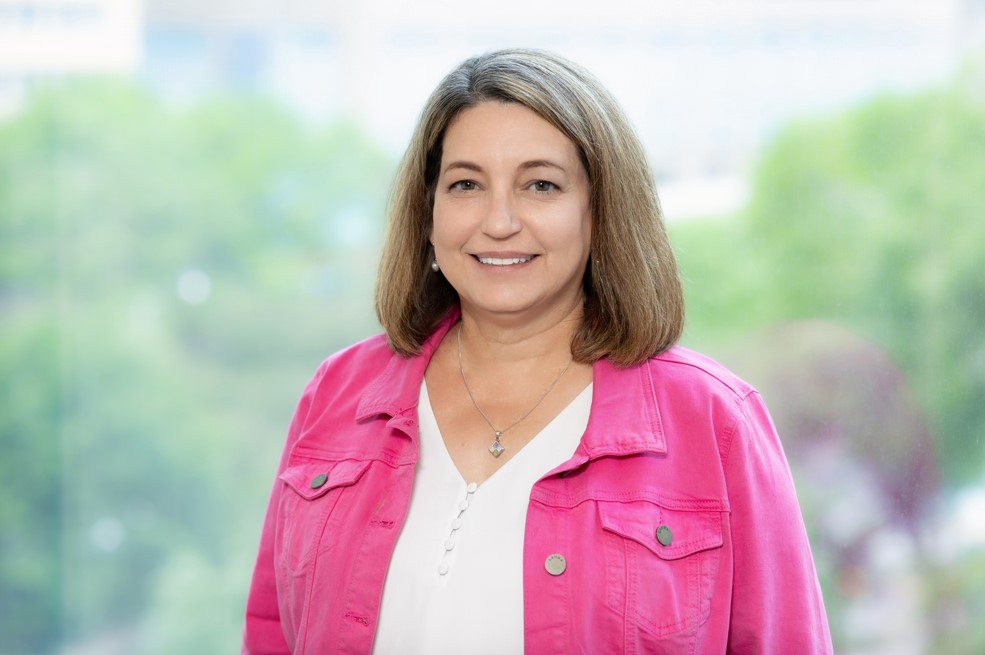Susan Deering rides her bike to work, drives an electric vehicle and has solar panels on her roof. She considers herself to be very concerned about the environment and has modified the way her family makes purchases and lives to reflect that.
So in 2020, when the family doctor learned about how switching patients from metered dose inhalers (MDIs) to dry powder inhalers (DPIs) can have a positive environmental impact, she was stunned it was the first time she was hearing about it.
“I sort of felt a little bit cheated – like why didn’t I know about this before?” she said. “I thought there’s a serious education issue here at the very least, which means there’s an opportunity.”
MDIs are often prescribed to individuals with asthma or chronic obstructive pulmonary disease (COPD). But MDIs contain propellants called hydrofluorocarbons which become greenhouse gases when released from the inhaler and contribute to climate change. The impact of one MDI is estimated to be equal to driving a car about 300 kilometres.
Deering connected with Leslie Beyers, a community family physician, who led a QI project in her practice to systematically identify and switch appropriate patients using MDIs to DPIs, a more environmentally friendly option that has the same benefits for patients.
“The project was really about increasing patient knowledge,” said Beyers. “When I told my patients about the connection between MDIs and greenhouse emissions, they said that of course they would switch and, over a six-month period, well over 60 per cent of my patients did. I also wanted to look at how easy it was to adopt this into my own practice – I basically did this through opportunistic visits which meant it didn’t add any extra work.”
Climate and environmental change pose an accelerating and complex threat to human health, and the healthcare systems and practices that intend to protect and promote human health are themselves significant contributors to global carbon emissions. Recent research found that the healthcare system is responsible for almost five per cent of Canada’s carbon footprint.
From reducing food waste to switching to anesthetic gases with lower environmental impacts, transformative change to create low carbon, sustainable health systems is necessary — and ongoing.
Sustainability can be integrated directly into QI processes, as with a framework called SusQI developed by the Centre for Sustainable Healthcare in the UK, which incorporates sustainability as a domain of quality and embeds it throughout the processes of system analysis, improvement design and impact measurement. The framework goes beyond a carbon footprint analysis: it also evaluates environmental, financial and social costs (also known as the ‘triple bottom line’). Sustainability can and should become a target of quality improvement efforts: for example, QI initiatives that reduce unnecessary tests and treatments achieve the dual goal of improving quality while at the same time reducing the impact of the waste, energy use and other greenhouse gas emissions associated with those activities.
Inspired by this work, North York General Hospital (NYGH) wants to continue to be recognized as a leader in healthcare innovation by adding sustainability into their quality framework. The hospital added sustainability into its quality improvement plan two years ago allowing the hospital’s quality team to review proposed QI projects through a climate lens. These projects are governed by the organization’s Sustainability Committee allowing for accountability and further engagement on project’s they need to focus on. In addition to contributing to a greener planet, prioritizing sustainability also supports equity because vulnerable communities are more likely to be negatively impacted by climate change.
“The Centre for Sustainable Health System’s shared research that demonstrated hospitals are potentially one of the largest carbon producers in the community they exist in,” said Sean Molloy, NYGH’s Director of Quality, People Centered Care and Care Transitions. “And we thought, ‘We can’t be one of the largest carbon emitters in North York and say we’re advancing the health of the community” – that doesn’t make sense. Our patient experience partners are on board with this too – we are accountable to our community and they all agree we have to go in this direction. Not at the expense of providing good care, but by providing good care in a way that’s more sustainable.”
This move has led the NYGH QI team to support projects like reducing waste in the operating room – one simple change was asking patients to bring in a reusable bag to store their belongings while they were in surgery, rather than giving them a single use plastic bag, which Molloy said saw a 90 per cent uptake in the first test of change.
Marty Koyle has long had an interest in making the operating room leaner and greener. The former SickKids surgeon was frustrated about the number of surgical instruments coming into every single operation that often weren’t touched, yet then still had to be sterilized and repackaged for the next one.
So he ran a QI project.
Over a nine-month period, his team observed surgeons as they performed pediatric inguinal hernia repair (PIHR). They had two trays present: a larger one with all the possible instruments the surgeon might need, and a second much smaller tray that included only those instruments required for the majority of routine cases. They were instructed to use the smaller tray and only open the larger one if they needed an additional instrument from there.
Out of 52 PIHRs, only three required the larger tray be opened. The original larger tray had 96 instruments, whereas the smaller final tray had just 28.
“The project was a success – if you’re using fewer instruments, you’re processing less which means you’re using less energy, which reduces the waste and energy that contributes to climate change,” said Koyle. “We have to question what we do and not take things for granted; when you train in a system, you become part of the culture and adopt practices which isn’t bad but sometimes it prevents you from thinking about whether there’s a better way to do something.”
Sustainable QI work is expanding – and has taken on a new urgency.
The Sustainable Health System Community of Practice (CoP) was founded in 2020 by the Toronto Academic Health Science Network (TAHSN) and the University of Toronto’s Council of Health Sciences (CHS) to identify and spread best practices to help enable a more sustainable healthcare system. Their work is widely reflected across numerous resources and projects that span the healthcare system. The newly formed TAHSN QIPS CoP, which brings TAHSN hospitals and QIPS-focused groups, organizations and institutions to share knowledge and transform the healthcare system, is looking for ways to partner with the Sustainable Health System CoP and integrate sustainability into its work.
TAHSN and the CoP are among the partners who collaborated with CASCADES (Creating a Sustainable Canadian Health System in a Climate Crisis) on their first set of innovation playbooks, which provide ideas, examples and resources in step-by-step guides for innovation implementation and assessment of innovations aimed at reducing the carbon impacts of care. CASCADES is a national capacity-building initiative for climate action and awareness in healthcare funded by Environment and Climate Change Canada.
The Centre for Sustainable Health Systems (CSHS), which serves as the secretariat for the CoP and as the lead organization for CASCADES, has recently launched a Greening ORs guidance document for improving the environmental sustainability of operating rooms, in collaboration with Best Practice in Surgery.
And Choosing Wisely Canada, the national organization focused on reducing unnecessary tests and treatments, opened its 2022 National Meeting with a talk about the synergy between resource stewardship and reducing healthcare’s carbon footprint.
All it takes to start is getting involved with one project.
Deering, Beyers and Koyle all highlighted additional projects they’re either already involved in or ideas they have related to reducing carbon emissions in their practices: improving recycling habits, reducing packaging, cutting down on food waste, adding a pollution index to hospital dashboards.
“If you think about the environmental crisis we’re in, it would be easy to hide in your bedroom and say, ‘I can’t do anything,’” said Beyers. “But if everyone can take little steps, not only will it help our collective mental health, but those little steps will also lead to a big difference.”
That’s what happened for Deering.
“When I heard about the significant impact that this seemingly insignificant little inhaler has, it was suddenly something I could do to actually make a material difference, and all I had to do was think differently about how I prescribe,” she said. “So now I’d give anyone the advice that if you see something, take a chance and dive right in – start having conversations because there are opportunities to do something meaningful.”




